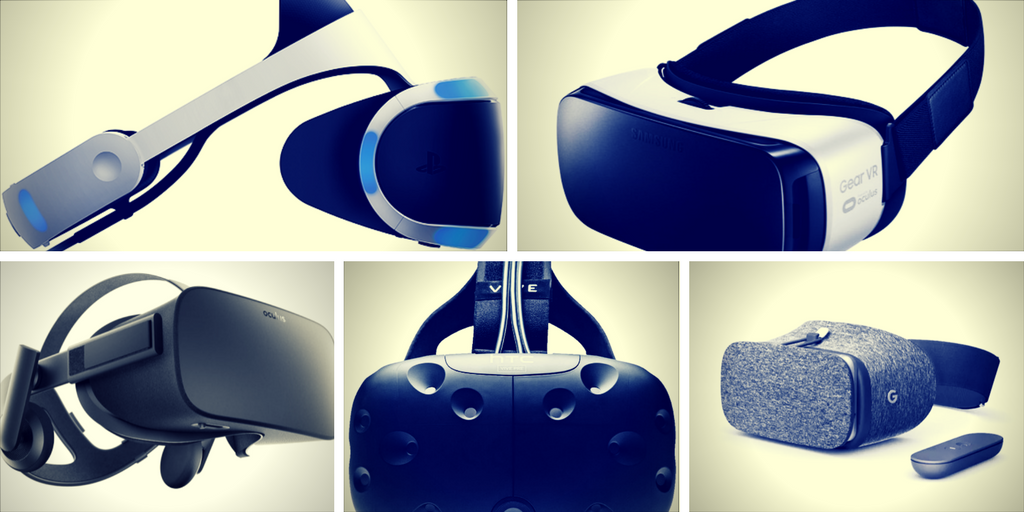Top 5 VR Headsets to Buy in 2017
This review will definitely become a guide for you on which VR Headsets you could buy in 2017.
As teenagers, we were simply amazed by American rock band Aerosmith’s chartbuster music video ‘Amazing’, which introduced us to the concept of Virtual Reality. The original character in the music video was seen lodged in front of a computer screen with a VR set (as we know now), creating a virtual space, and in fact, living in it.
It didn’t take much time for the doubters to toss the idea out of the window, labelling it as purely fictional, and something that would never hit the shelves in the real world. ‘Amazing’ was recorded back in the nineteen-nineties. However, in this day and age, the idea has clearly manifested itself in reality.
Today, there are many VR sets on the market, up for grabs at various price-points. These dazzling gadgets are irresistible, but with so many of them around, it can get a bit confusing at times.
This review will definitely become a guide for you on which VR Headsets you could buy in 2017:
1. Sony PlayStation VR
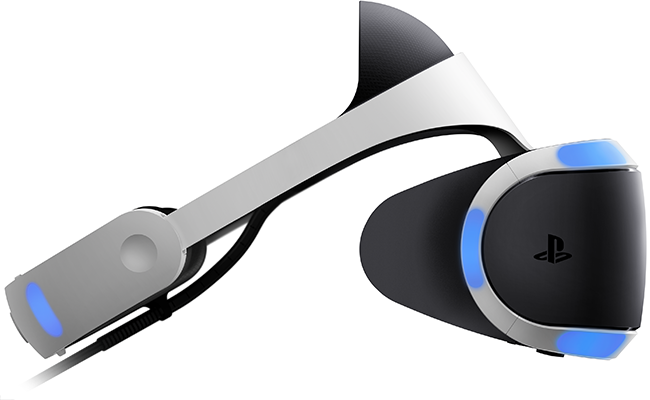
Image Source: Sony PlayStation VR
The generously priced Sony PlayStation VR, allows you to play Sony’s proprietary titles like Resident Evil 7, or any PS4 game. Though the PlayStation VR offers the most simple-to-use, tethered virtual reality experience, it, however, requires an added investment to unlock its full functionality. Users will require a PlayStation Camera to make the headset work, and a PlayStation Move controller to enable motion controls.
2. HTC Vive/SteamVR
VIdeo Source: HTC Vive
HTC’s Vive VR definitely packs a punch. The one of its kind Vive VR is the only virtual reality system that tracks movements in a 10-feet cube, instead of from where the user is seated. Vive’s comprehensive package comprises a headset, two advanced motion controllers, and two base stations to define a “whole-room” VR space. The included controllers are technically ahead of other systems like the PlayStation Move. The PC-tethered Vive VR, a bit steeply priced, requires a GeForce GTX 970 GPU, and not less than an Intel Core i5-4590 CPU for an ultimate VR experience.
3. Oculus Rift
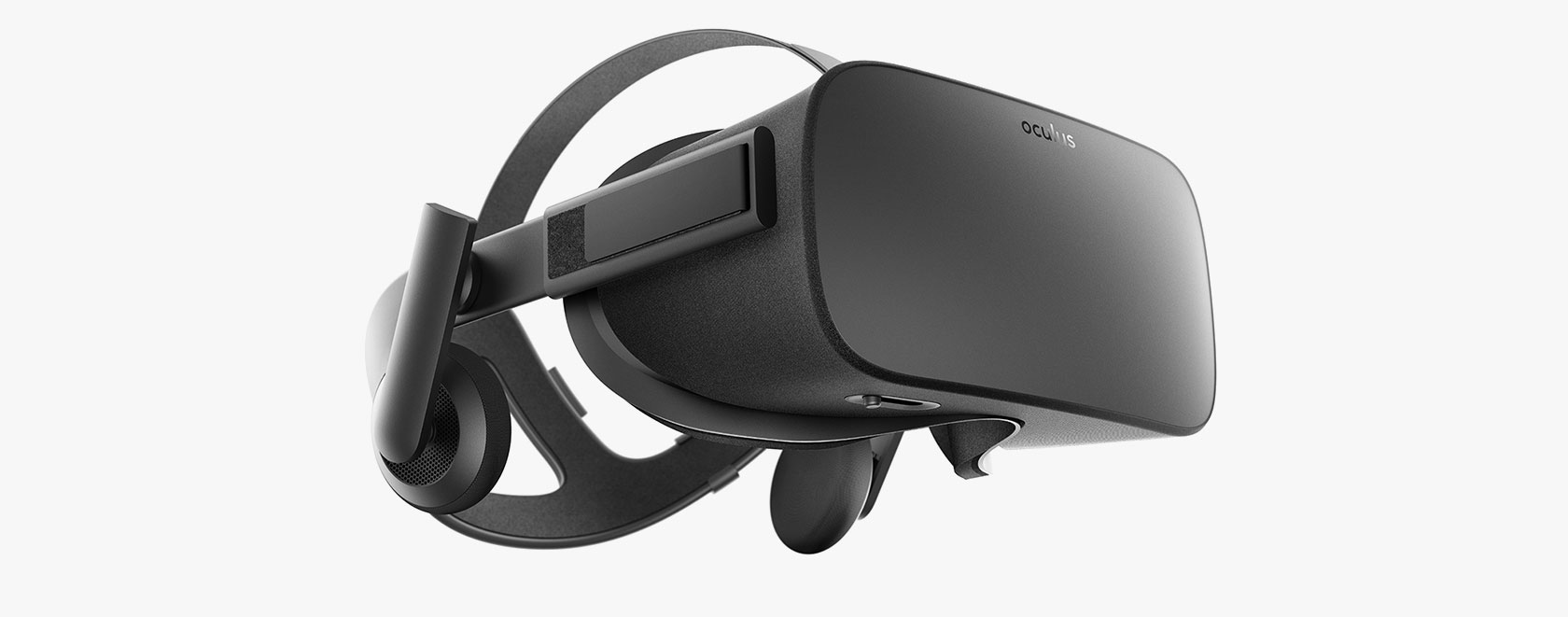
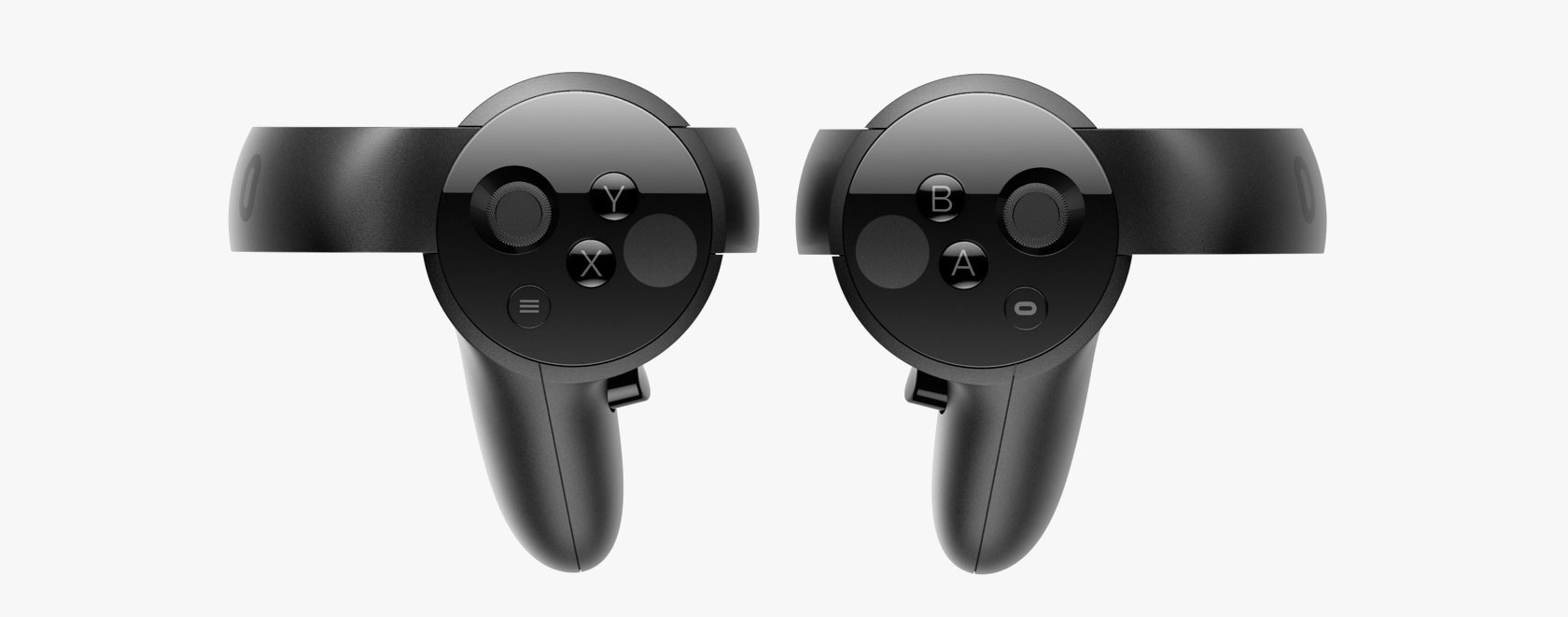
Buy Now Oculus Rift + Touch Virtual Reality System
Image Source: Oculus Rift
Even though the legendary Oculus Rift has lost some of its glory against the latest launches, it is still synonymous with VR. Oculus Rift’s retail version, launched at an attractive price point, incorporates cutting-edge features and the state-of-the-art Oculus Touch motion controllers.From a technology standpoint, the Oculus Rift is almost similar to the Vive, but it lacks the Vive VR’s whole-room functionality.
4. Google Daydream View
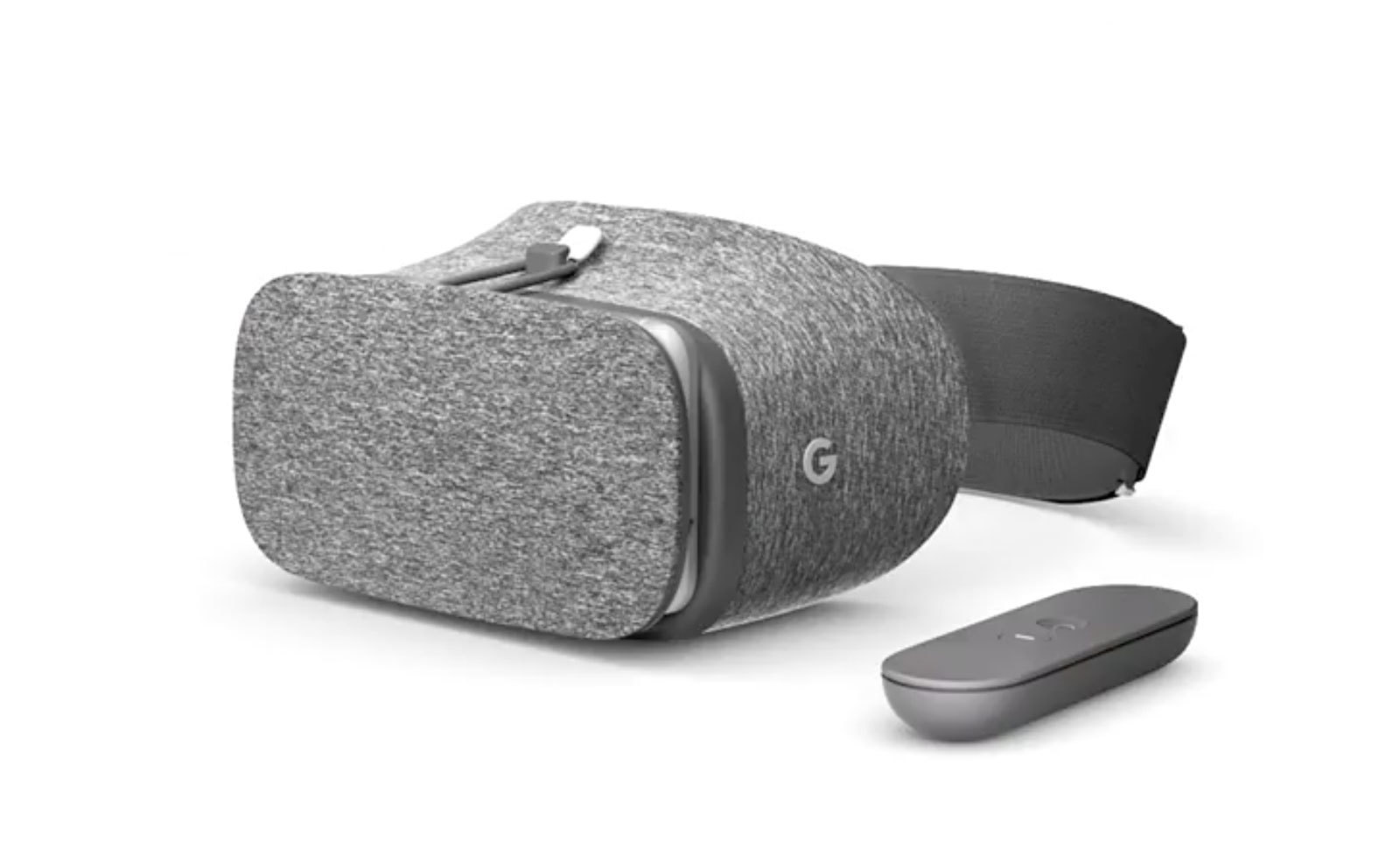
Image Source: Daydream VR
The Google Daydream, conceptually identical to Google Cardboard, allows users to slide in their mobile phones and use the headset as a display. Sporting a reasonable price tag, the Daydream includes a remote that is similar to Oculus Rift. The apps are highly-impressive, but currently, there aren’t many available. Google is working on it. Right now, Daydream View doesn’t support backwards compatibility with the Cardboard apps. However, an SDK update will be released very soon.
5. Samsung Gear VR
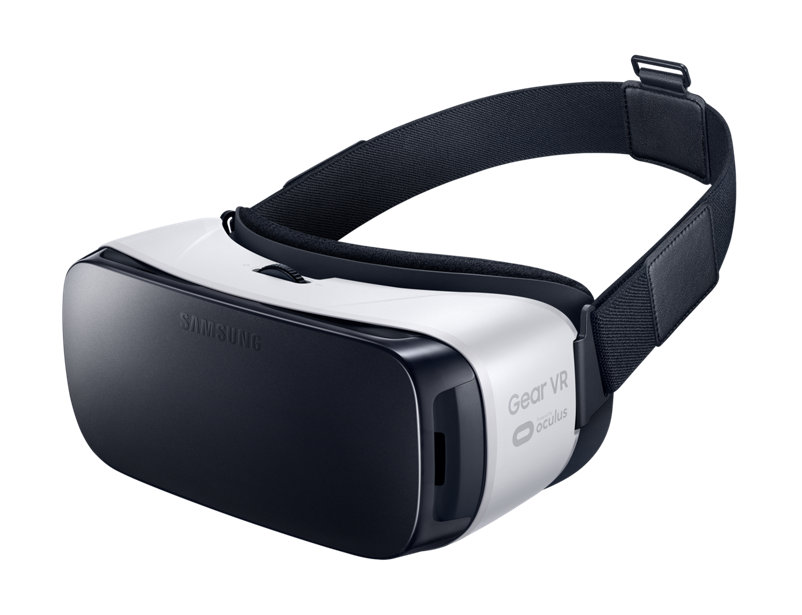
Buy Now Samsung Gear VR w/Controller
Image Source: Gear VR
The Gear VR, from Samsung, a global leader in display technologies, is the most accessible VR system with a slight downside. Though the VR set integrates futuristic features, users will require a Samsung Galaxy smartphone (Galaxy S6 to Galaxy S8) to use the Gear VR. This is possibly the only downside of the VR system. It narrows down the users to only those who already use the Samsung Galaxy phones.
Samsung smartphone users can hit the jackpot right away with the innovative Gear VR. It incorporates a new Bluetooth controller with a touchpad, in addition to the already built-in touchpad that comes with the headset.
Samsung is also collaborating with Oculus to develop a software ecosystem. It will promote the development of multiple apps, games, and various ways to experience 360-degree video.
Mainstream adoption of Virtual Reality system was difficult to forecast, but as prices soften with innovative technological advancements, we may all have our personal virtual space in some time from now.


